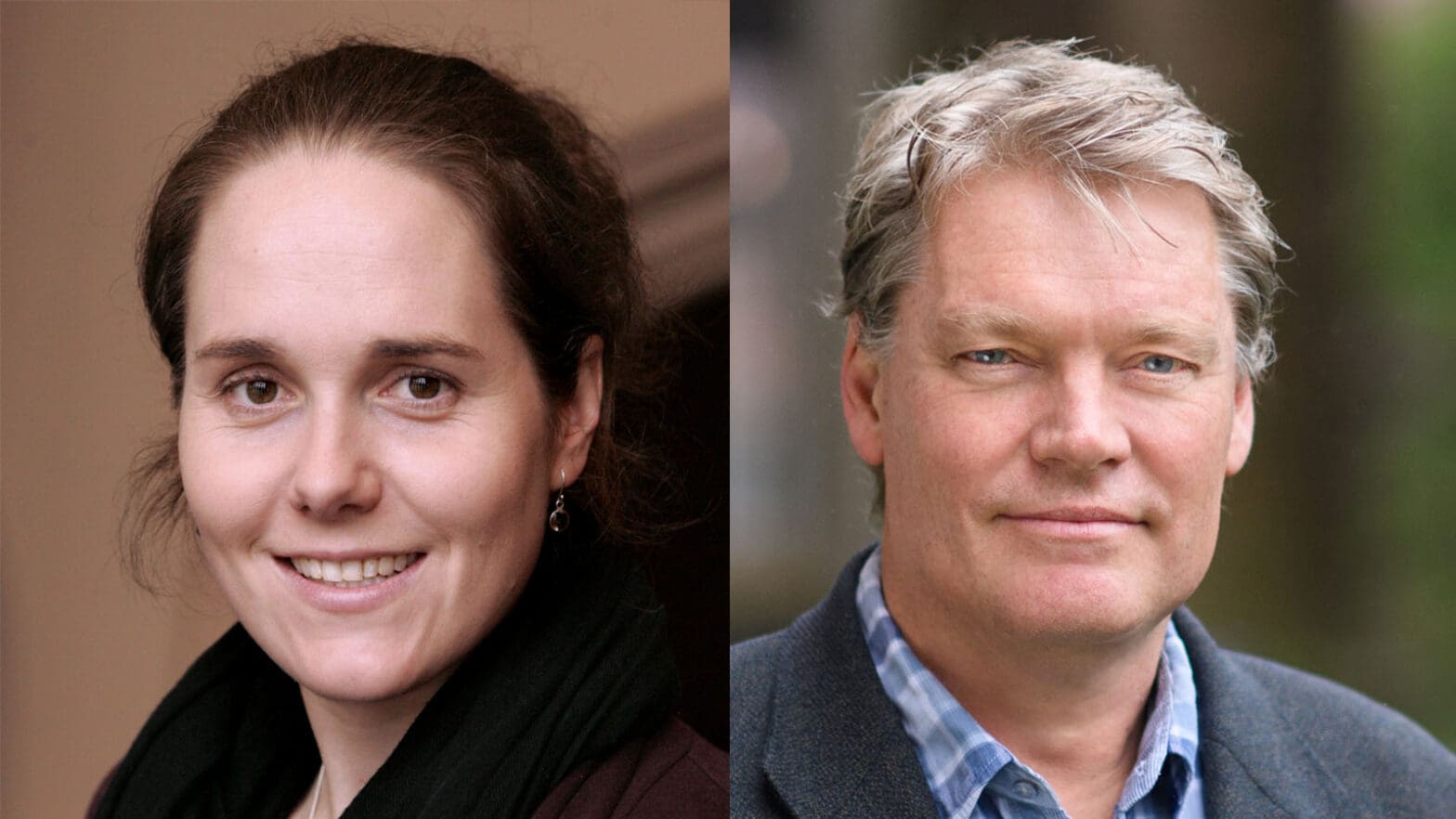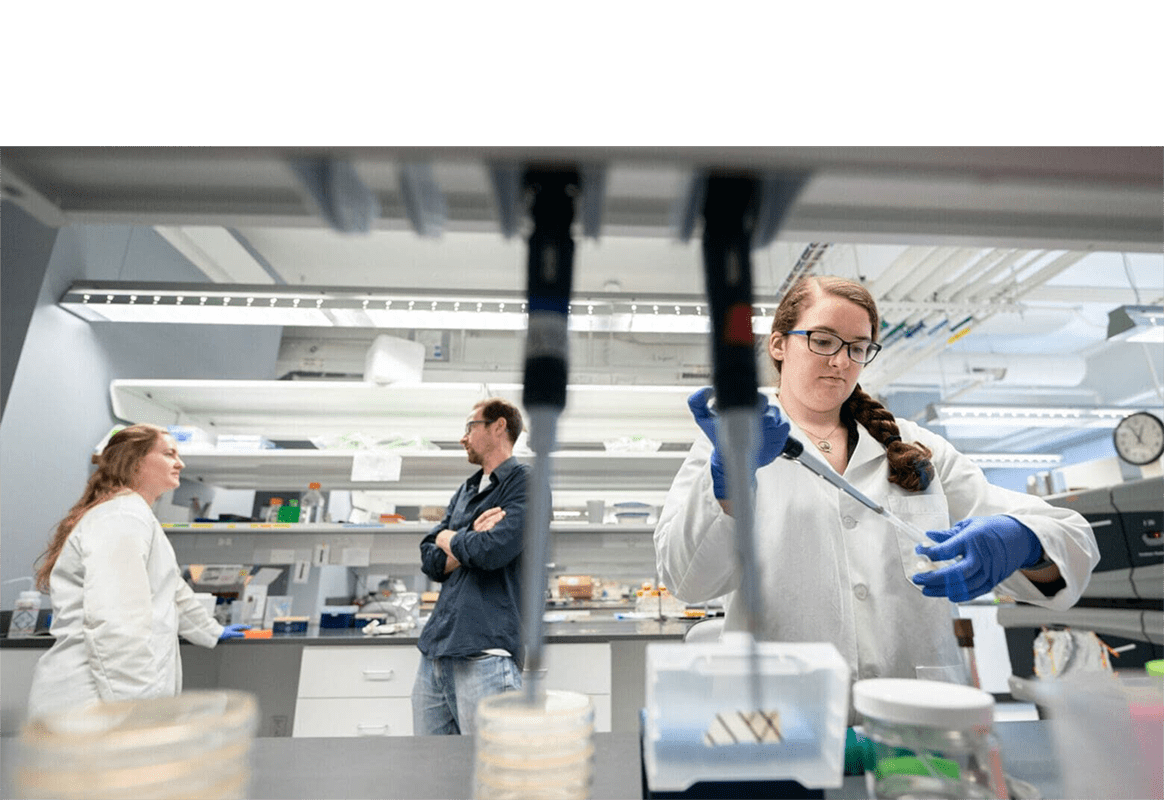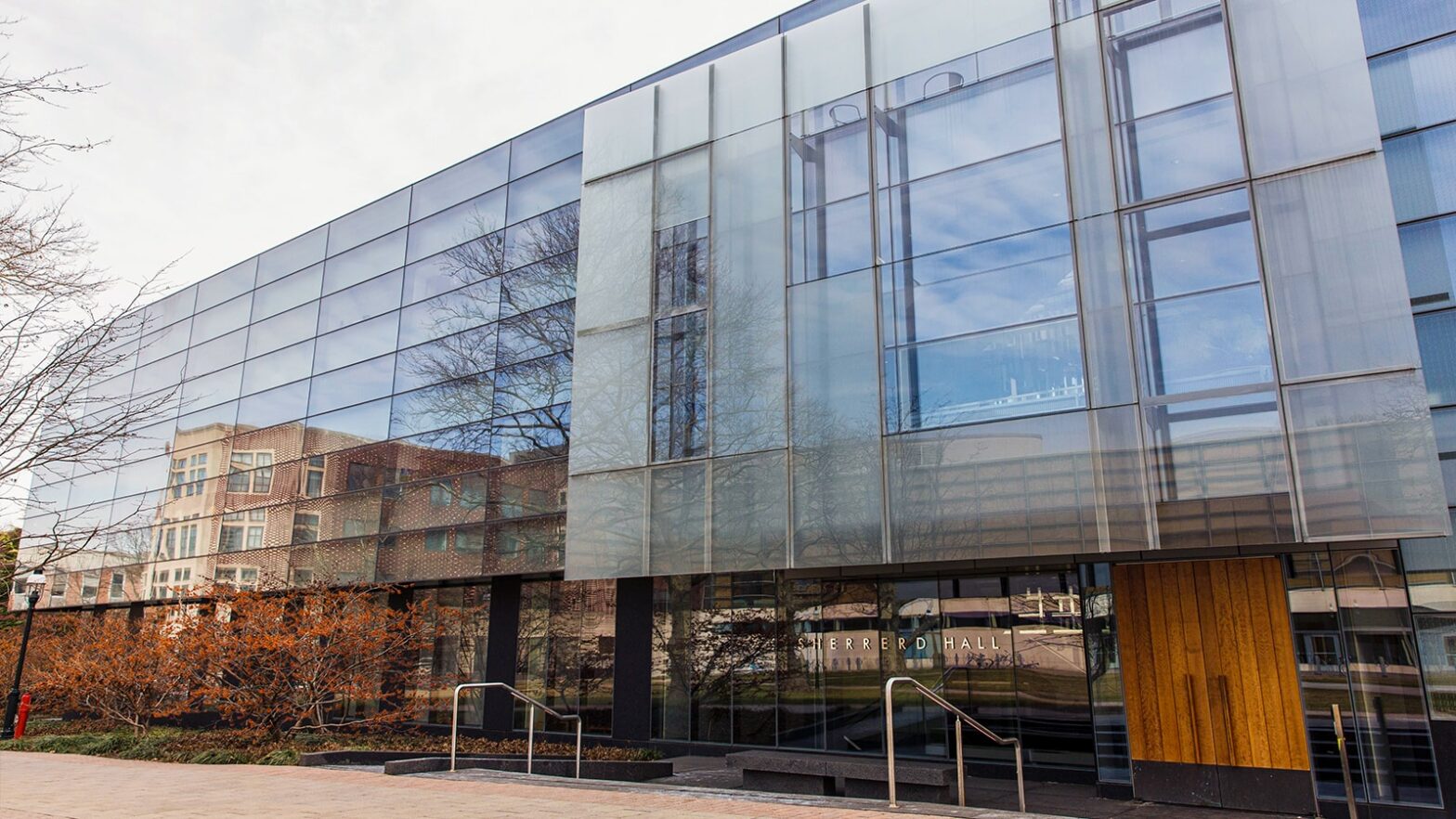
Princeton E-ffiliates Partnership Funds Research on Carbon Capture and Storage
By
on
Princeton E-ffiliates Partnership (E-ffiliates) will support two projects this year, both focused on optimizing the capture and storage of carbon, which would otherwise contribute to climate change as atmospheric carbon dioxide.
One proposal aims to slash the energy intensity and cost of carbon capture from industrial emissions. The other seeks to identify the ideal managed landscapes to increase carbon storage in soils.
Claire White, assistant professor of civil and environmental engineering and the Andlinger Center for Energy and the Environment, will lead a project to develop a more energy-efficient material to capture carbon from complex industrial emissions.
Lars Hedin, the George M. Moffett Professor of Biology, and professor of ecology and evolutionary biology and the Princeton Environmental Institute, will head a project focused on identifying conditions and areas across the globe that are best suited for carbon storage by applying intelligent land management.
White’s research explores the potential for extremely thin (nanometer-scale) layers of calcium hydroxide to be used as a material for capturing carbon at power plants or industrial facilities. It builds on White’s computational analysis of the material, which indicated that it would form weak bonds with carbon dioxide. This means the carbon could eventually be more easily released from the capture material and pumped underground for permanent storage.
White said the nanometer-sized calcium hydroxide will likely require less energy to release absorbed carbon dioxide for long-term storage or use, compared to the current methods, which rely on a liquid solution and high temperatures to release captured carbon dioxide. If the calcium hydroxide system can be widely deployed, White said, it could make carbon capture both more energy efficient and economical at power plants because “less energy would be diverted from producing electricity to capture and release the carbon it creates in the process.”
Hedin, who also chairs the department of ecology and evolutionary biology, will partner with Mengdi Wang, assistant professor of operations research and financial engineering, to determine the best locations and methods for storing captured carbon in the land biosphere. The project will combine expertise in Hedin’s group on the natural systems and the ability of soil to store carbon with optimization modeling from Wang’s group.
“For any area of land in the world, there are competing uses,” Hedin said. “How do you design a world to neutralize carbon dioxide in the atmosphere and manage the multiple needs of humans, agriculture, land development, etc.?”
Mark Zondlo, associate director for external partnerships at the Andlinger Center, said the projects highlight Princeton’s unique ability to bring together experts from a range of disciplines.
“These projects bring expertise across materials science, biology, geosciences and computational engineering to the challenge of removing carbon from the atmosphere,” said Zondlo, an associate professor of civil and environmental engineering. “E-ffiliates identifies critical areas where innovations are needed in energy and the environment, and supports research on the topics through these awards.”
The awards, granted last month, provide one year of funding for the projects and total over $250,000.
Princeton E-ffiliates Partnership (E-ffiliates) is a membership-based program that offers corporations a unique opportunity to engage in big-picture thinking and to find innovative solutions in energy and the environment. Member companies engage in close collaborations with academic experts to pursue transformational innovations. Each year a request for research proposals is released and faculty can apply for an award supported by E-ffiliates.









